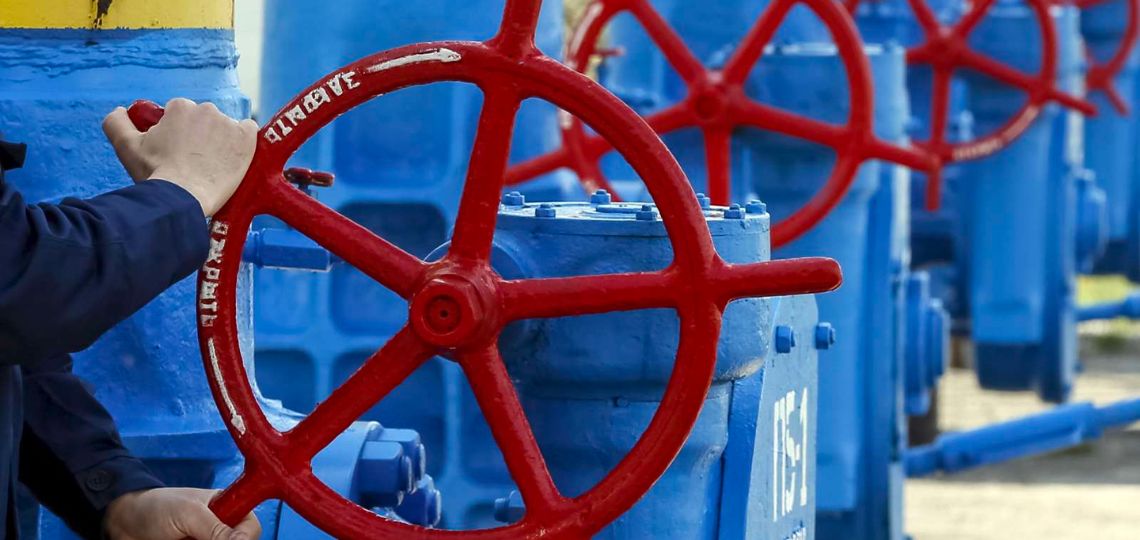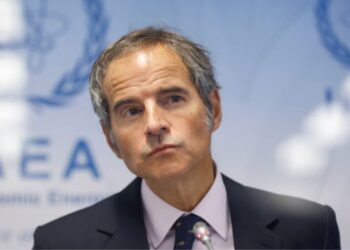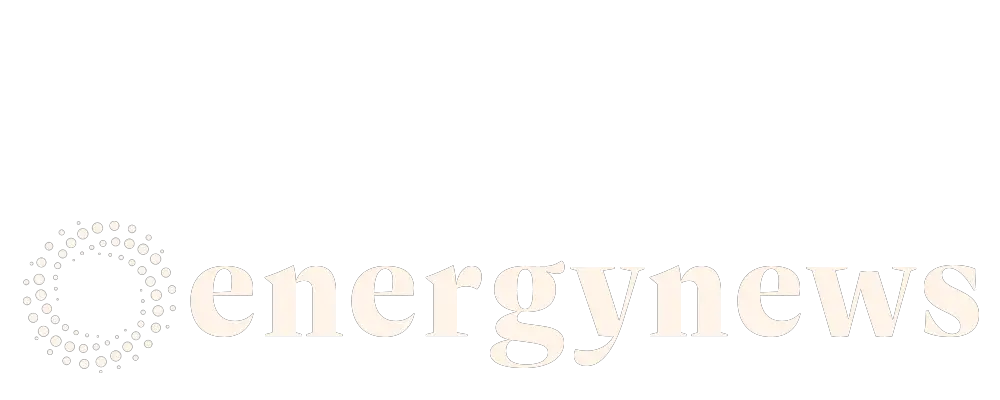The energy crisis continues. Indeed, Russia’s invasion of Ukraine has turned the global energy market upside down. Thus, it leads to geopolitical instability on a global scale. The energy crisis, especially the gas crisis, has many impacts in Europe.
Russia determines the price of gas in Europe
The current energy crisis could lead Europe to a gas shortage. EU sanctions against Russia have led to a significant reduction in Russian supplies. Thus, Russia has reduced the flow of Nord Stream to 20%.
In times of gas crisis, the concern is for the Nord Stream 1 pipeline. This supply route transports Russian gas to Germany. In addition, it is undergoing maintenance from August 31 to September 2, stopping all flows during this period.
This reduction in Russian gas flows to Europe increases the fear of a shortage. Gas has become a political weapon that leads to price hikes in Europe. According to Moscow, the EU sanctions against Russia have a definite impact on the repair of equipment.
In Europe, the energy crisis has not had the same impact and this varies from country to country. Each country has a different dependence on Russian energy. So far, the EU has faced a 60% drop in Russian supply since June 2021.
Reduced supply leading to energy crisis
Europe’s need for Russian gas amounts to 40% of its overall capacity. The pipelines are the main channels through which fuel is transported to the EU. To avoid aggravating the energy crisis, it is necessary to get rid of Russia and reduce the independence of some countries.
Germany is the largest buyer of Russian gas in Europe. If its supply decreases, the impact will be felt by other countries as well. In fact, in Europe, there is a network of interconnecting pipelines that link domestic markets. Thus, not all countries receive gas directly from Russia.
Uncertainty of supply can then lead to gas shortages, volatility of gas prices, with a sharp rise in prices and the economic consequences would be direct. While the UK receives only 4% of its gas from Russia, it is not immune to these risks.
On the other hand, gas consumption decreased by 9% in the first half of the year compared to 2021. To compensate for Russia’s cuts and mitigate the energy crisis, alternative sources of supply were used. LNG on the world markets is the main source of compensation.
Pipeline flows have decreased by 40%.
During the first seven months of 2022, Russian gas flows through the three main pipelines were reduced by about 40%. Thus, flows via Nord Stream 1 and via Ukraine were significantly reduced in March. While the flows through Yamal, headed to Poland from Germany, Finland, Bulgaria, Poland. Orsted, Gasterra and Shell have not been spared these cuts.
These cuts have led to an energy crisis and a spike in gas prices in Europe. During the week of August 31-September 2, gas prices reached record levels. Moscow is accused by France of using energy supply as a “weapon of war”.
The economic impact on the European market is strong. For some countries, the energy crisis could have a strong economic impact of up to 6%. Hungary, Slovakia and the Czech Republic are particularly vulnerable because of their heavy use of Russian gas and the difficulties of diversifying their supply sources.
Italy will also be heavily exposed to this crisis. Germany and Hungary will also experience adverse economic effects.
However, some companies such as Uniper, RWE or Eni continue to receive Russian gas. But their supply is still reduced.
The EU faces the energy crisis
Currently, efforts are focused on preparing for future gas crises and especially on mitigating the risk of a shortage this winter. Global LNG markets, as well as other sources of supply, are offsetting reductions in flows.
the European Union is on track to exceed its gas inventory targets. The target was 80% before the winter and, at present, the European gas stock is 79.94% full. The only concern is whether countries will be able to reduce their consumption sufficiently during the coldest months.
Each country will have to reduce its consumption by 15% compared to the average of the last five years. Thus, in the post-winter period, stocks would be 45% full under the current scenario. On the other hand, if Russia were to reduce its flows further, stocks would be 26% full.






